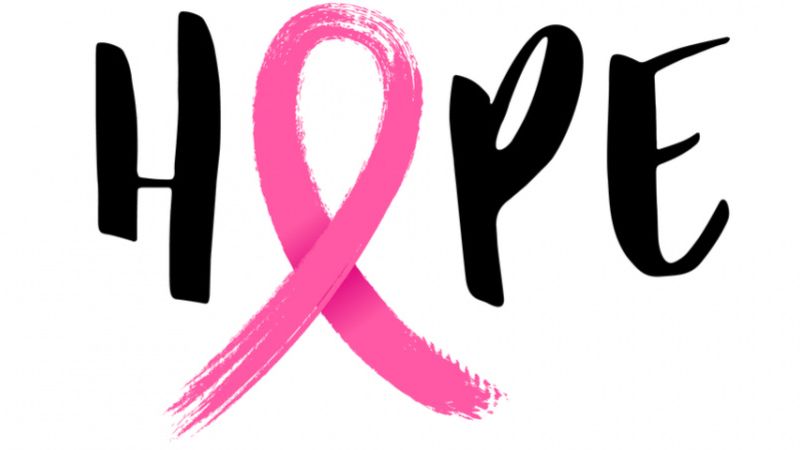Breast cancer is the most common type of cancer for American women. About 1 in 8 women in the US will develop breast cancer during their lifetime and it is also the second leading cause of cancer death in women, behind lung cancer.
World Cancer Day was created with the express purpose of bringing more awareness to the disease, as well as to empower and support those battling cancer. Although breast cancer awareness has improved over the past decade, there are still misconceptions about the disease, so let’s take a look at what’s fact versus fiction.
Breast Cancer Awareness: Fact vs. Fiction
Fiction: You cannot take actionable steps to lower your risk factors for breast cancer.
A risk factor is anything that affects your chances of getting a disease, however, it does not necessarily mean you will get the disease. Many women who have one or more risk factors never get breast cancer, while others who have no apparent risk factors do. Some risk factors can’t be changed, such as your age or race, but others such as your lifestyle (diet, physical activity, alcohol use) can.
Fact: Women have a higher risk of developing breast cancer than men.
Women are at higher risk of developing breast cancer than men due to the fact that men have lower amounts of the female hormones estrogen and progesterone, both of which can promote breast cancer cell growth.
Fiction: Your chance of developing breast cancer declines with age.
As you get older your risk of developing breast cancer increases. About 1 out of 8 women who are 55 years old.
Fact: Your genetics play a big role in your cancer risk.
About 5-10% of breast cancer cases are thought to be hereditary. These cases are due to gene defects (mutations) inherited from a parent. If you have a blood relative who has breast cancer your risk increases. Having a mother, sister or daughter with breast cancer doubles your risk, while having a grandmother, granddaughter, aunt or niece with breast cancer triples your risk. A woman with cancer in one breast is 3-4 times more likely to develop new cancer in the other breast or in another part of the same breast.
Fact: Maternal age or not having children can affect your breast cancer risk.
Women who don’t have children or had their first child after the age of 30 have a slightly higher risk of getting breast cancer. Women who have had multiple pregnancies and became pregnant at a young age, however, are at lower risk. Pregnancy reduces a woman’s total number of lifetime menstrual periods, which may be the reason for this effect. In addition, some studies suggest that breastfeeding may slightly reduce breast cancer risk.
Dietary Changes For Breast Cancer Prevention
Although some risk factors are out of our control, Robin Amylon, a Certified Nutritionist and Dietician, says that making some tweaks to your diet can have a positive impact on your cancer risk.
“Being overweight or obese increases your risk of developing breast cancer,” says Amalon. “Attaining and maintaining a healthy weight is one of the most important things you can do to reduce your risk. Where you store extra weight also affects cancer risk. Carrying extra body fat in your midsection increases your risk of not only cancer but other diseases such as diabetes and cardiovascular disease.”
She recommends being physically active for at least 30 minutes every day to help combat obesity and lower your risk of breast cancer. Any type of physical activity can help with breast cancer prevention. She also encourages women to avoid sugary drinks and limit consumption of energy-dense foods and processed foods.
“In other words: KEEP IT CLEAN!” she says. “Consuming sugary drinks such as soda, sweetened iced tea, fruit punch, and even juice adds excess calories with no other nutritional value and can lead to unwanted weight gain. Instead, drink lots of water and opt for nutrient-dense foods that are foods that are low in calories but very high in macro and micronutrients.”
Examples of nutrient-dense foods are vegetables, fruits, whole grains, lean meats, nuts, and seeds. Consuming foods as close to how they naturally exist in nature will help to increase nutrient-dense foods while decreasing energy-dense foods in your diet. Research has also shown that consuming too much salt and salt-preserved foods may increase your chances of developing cancer.
“Limit consumption of red meats (such as beef, pork, and lamb) and avoid processed meats,” says Amalon. “Processed meat refers to meats that have been preserved by smoking, curing or salting, or by the addition of preservatives. Examples include ham, bacon, salami, hot dogs and sausages. Sodium nitrite is added to processed meats to prevent bacterial growth. These preservation techniques may add compounds that can increase the potential of these foods to cause cancer. “
Amalon also recommends not using supplements to protect against cancer.
“It is always best to get all the nutrients you need from actual food,” she says. “Whole foods have several different vitamins, minerals, phytochemicals, antioxidants, and fiber that all work together to help protect your body from diseases and keep you healthy.”
Supporting Women With Breast Cancer on World Cancer Day
Medical Guardian is proud to support those living with cancer by providing them with an immediate connection to help in case of an emergency. In honor of World Breast Cancer Day, we’ve made a donation to the Susan G. Komen Foundation to assist in their mission to one day eradicate breast cancer altogether.

